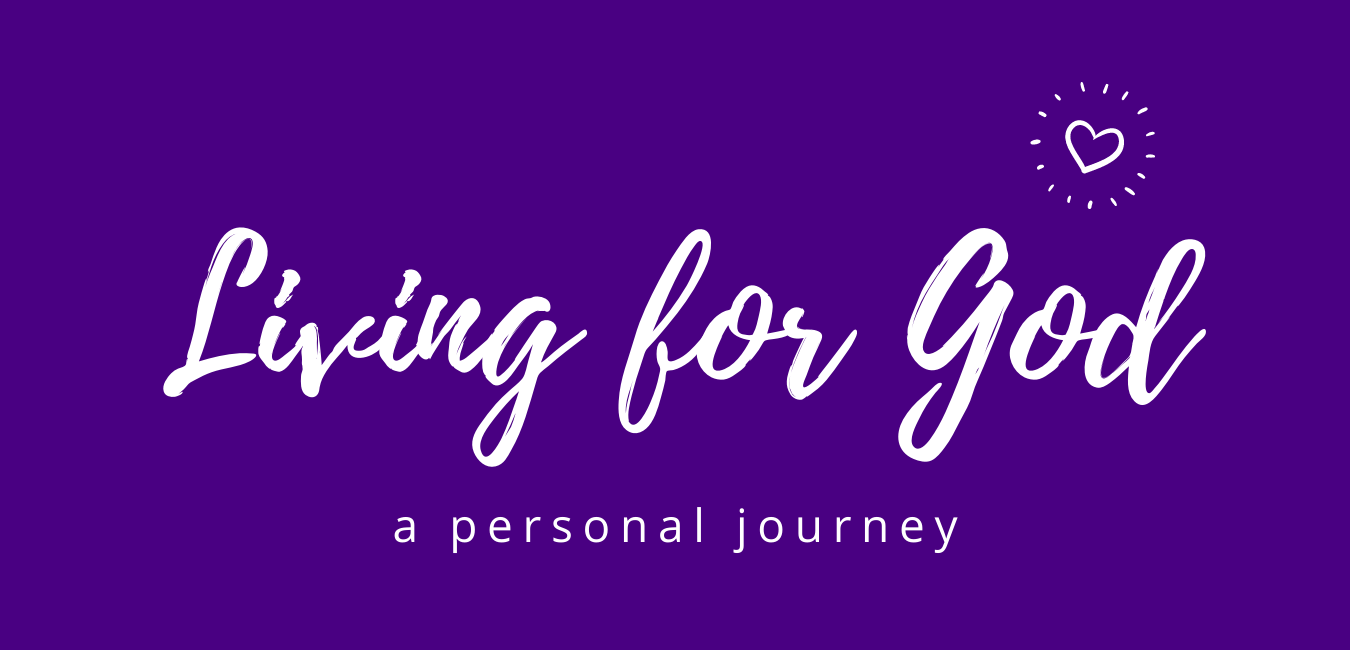
Different Versions of the Bible
This is a repost of a blog written in August 2020
Disclaimer: Please be aware, these are just my thoughts and my points of view. I do not have the authority to judge anyone, to preach to anyone or to try and convince anyone of anything. If you are offended by Religion, Faith or God please do not read this blog. If you are not a Christian please read this with an open mind or do not read it at all. if this blog offends you in any way, please accept my apologies, it was not meant for you.
The very first Bible that was given to me was The Good News Bible. Over the years I’ve come across the King James Version, the New King James Version and probably a few other versions.
Did I ever think about what all the different versions were about? Nope… Did I care? Nope… BUT 🙂 I have just discovered that there are different types of the Bible. What the? I mean if learning the Bible wasn’t hard enough, now there are different versions!!!!! 🙂
Ok, so in all seriousness, God only wrote one Bible, the different versions are actually differing translations of that Bible. The Old Testament was written in Hebrew and the New Testament was written in Greek. If we could all read Hebrew and Greek then there would be no need to have different versions.
God created the differences in language at the Tower of Babel, so he must have known that his inspired word would cope with being translated into different languages.
The first English translation was done from 1320-1384 by John Wycliffe and the translation was based upon the Latin Vulgate. The King James Version that I mentioned above was first translated in 1611 and is the most popular Bible for English-speaking people.
Most Church’s have a common version for their primary use because it:
1. fosters unity
2. facilitates memorisation
3. assists quotation and recall
4. aids doctrinal discussion, preaching and teaching.
There are two groups of manuscripts the English translations are based on, now for me this didn’t make sense, but I feel that I need to share it with you so you get the whole picture 🙂
-
Majority Text (Textus Receptus – the Received Text) consists of several thousand Greek manuscripts and are the preferred versions for translation
-
Minority Text – consists of five manuscripts that are thought to be older than the Majority Text.
Naturally, the versions of the Bible that are based on the Majority Text are the preferred translations over the Minority Text. We also need to remember that translations are not inspired by God (see my blog The Bible is the Word of God), only the original documents (called the ‘autographs’) are the inspired word of God.
In addition to the two groups mentioned above, there are three methods of translations – as a side note, I found this really really interesting 🙂
Literal Translation (word for word) – the translators attempt to use the closest equivalent word or phrase in English
This translation may be harder to read, but they are the best translations as they the closest equivalent word to the original inspired words of God.
Dynamic Equivalent (meaning for meaning) – The translators attempt to express in English the meaning of the original, rather than using the exact words.
These translations are easier to read, however they sometimes omit subtle clues to the meaning of the passage.
Paraphrase (thought for thought) – The translators try to express the thought or lesson behind the words.
I really like these translations as they can help us to understand the thought behind the passage, but we need to remember that they are only the translators opinion and therefore are better to be used as a helpful study guide, not as your main bible.
All the translations convey the same message, but the best version for us to use is one that is based on the Majority Text that is also a literal translation, so basically the King James Version or the New King James Version.
The Bible App that I use on my phone/tablet/computer can change to whatever version I want to use at the time and I love swapping between the versions so I can see what each different versions say. See my recourses page to read about the app.
The ones I use the most are:
KJV – King James Version
NKJV – New King James Version
NIV – New International Version
AMP – Amplified Bible
Here are some examples of the different versions:
Literal Translations – Word for Word
KJV – King James Version
NKJV – New King James Version
RSV – Revised Standard Version
NASB – New American Standard
AMP – Amplified Bible
ESV – English Standard Version
Dynamic Equivalent – Meaning for Meaning
NIV – New International Version
REB – Revised English Bible
GNB – Good News Bible
Paraphrase – Thought for Thought
TLB – The Living Bible
So, now you are either really confused or really excited like I was when I learnt this 🙂
Author: Sonya Noonan
These blogs will not have the ability to comment as I do not want to have any negative comments on here. But if you would like to reach out to me, you can by direct messaging me on Facebook (Messenger) => https://www.facebook.com/livingforgod9
